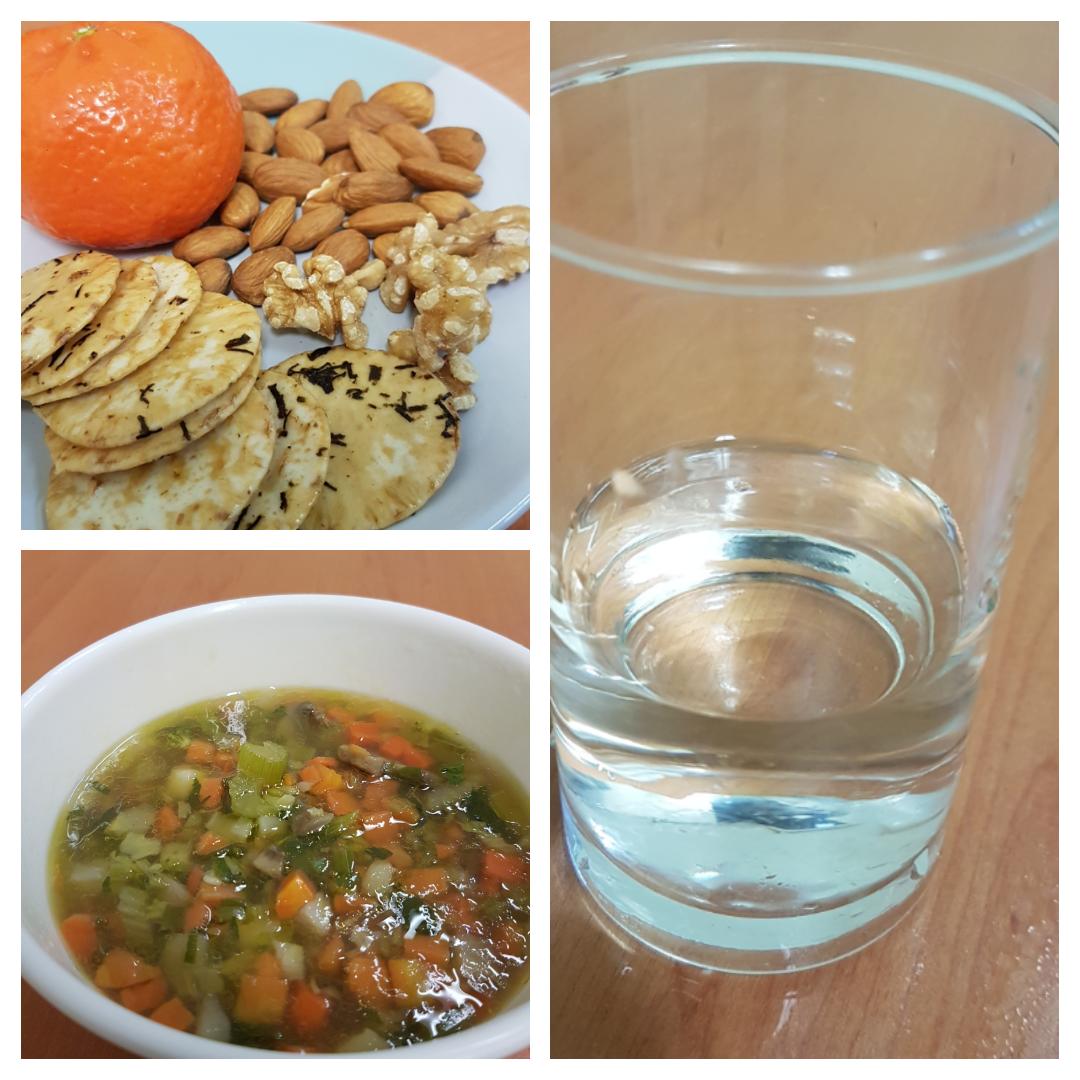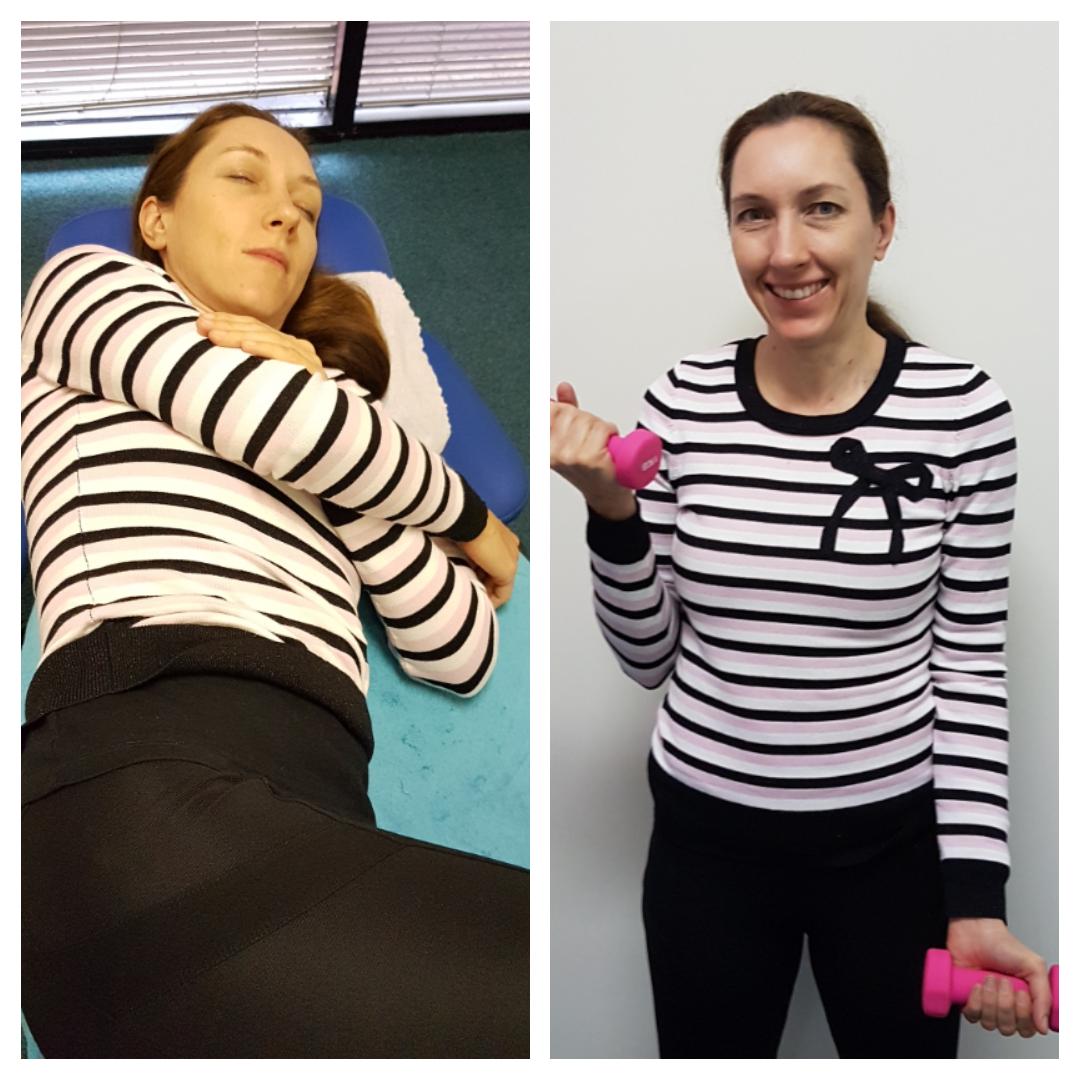Inflammation is your body’s natural way of healing, like when you cut yourself making dinner or roll your ankle on a walk. Your body will send out white blood cells that do their job of repairing and cleaning the area, but sometimes your body refuses to turn off this army and they flood the immune system for prolonged times. When this happens, our immune system becomes drained and that leaves the door open for illness to invade that are normally destroyed.
 So how do you tell the difference between acute and chronic inflammation. Acute inflammation usually occur within minutes, like a sore throat from singing or a sprained ankle from running up the stairs. The response is isolated to the area and will go away as the body naturally heals the tissue. Chronic inflammation can take days to evolve and much less obvious. It will stick around for longer and can progress and lead to severe tissue damage. Conditions like asthma, allergies and rheumatoid arthritis are chronic inflammation conditions in the body.
So how do you tell the difference between acute and chronic inflammation. Acute inflammation usually occur within minutes, like a sore throat from singing or a sprained ankle from running up the stairs. The response is isolated to the area and will go away as the body naturally heals the tissue. Chronic inflammation can take days to evolve and much less obvious. It will stick around for longer and can progress and lead to severe tissue damage. Conditions like asthma, allergies and rheumatoid arthritis are chronic inflammation conditions in the body.
Symptoms do vary from person to person but also from the different varieties of inflammation around the body. Some symptoms are headaches, bloating, joint pain, rashes, fatigue, weight gain, gum disease, mood issues and brain fog just to list a few. When your body is in constant inflammation sickness takes its toll, you can help fight inflammation with diet, exercise, water and rest.
Rest
The average body needs between 7-8 hours a night to help regenerate and stay healthy. If you are already getting that then maybe try meditation or mindfulness to help calm your body and boost your immune system. There are YouTube videos that can guide you through if you aren’t sure where to start, this makes it a cost effective way to start too.
Exercise
 Regular exercise has many health benefits, one session of 20 min of moderate exercise can stimulate the immune system and produce an anti-inflammatory response. A workout does not only need to be a high intensity anaerobic session like a HIIT class at the gym or a pennants tennis game, it can be a yoga session or a slow jog. One study showed that a moderate walk on a treadmill increased the immune boosting system by 5%. The results of exercise are bountiful, it not just about reducing inflammation, exercise will also improve weight, strengthen the heart, bones and muscles and help to level blood sugars.
Regular exercise has many health benefits, one session of 20 min of moderate exercise can stimulate the immune system and produce an anti-inflammatory response. A workout does not only need to be a high intensity anaerobic session like a HIIT class at the gym or a pennants tennis game, it can be a yoga session or a slow jog. One study showed that a moderate walk on a treadmill increased the immune boosting system by 5%. The results of exercise are bountiful, it not just about reducing inflammation, exercise will also improve weight, strengthen the heart, bones and muscles and help to level blood sugars.
Water
When you are hydrated your body works more efficiently. It transport oxygen in the blood, maintains moisture in the body, helps carry nutrients and eliminates waste from the body and regulates internal body temperature. A mildly dehydrated body will cause a 3% drop in metabolism, it will also start the development aging and inflammatory responses. When we have adequate water our body is less stressed and better fuelled to work at its optimum.
Diet
- There are so many different foods out there that will reduce inflammation, too many to list completely. Here’s hoping to give you a few ideas to start you on your way.
- Consuming at least 2 serves of fruit and 5 serves of vegetables at day with help reduce inflammation by adding natural anti-inflammatory phytonutrients. Vegetables like peas, eggplant and avocados. Fruit like bananas, oranges and raspberries. Serving sizes are ½ cup of cooked fruit or vegetable or 1 cup of raw leafy vegetables. When serving up meals try to have 2/3 of your plate covered with plant based foods.
- Include alliums and crucifers in your meals and aim for 4 serving sizes of these a week. Alliums are onions, garlic, leek, chives and shallots. Crucifer vegetables are broccoli, cabbage, brussel sprouts and cauliflower.
- Limit saturated fats and cut out Trans fats. Trans fats occur when converting vegetable oil into a solid, think canola oil into a canola oil spread. It will act like plaque in the blood.
- Aim for 3 servings a week with omega-3. Fish like salmon, trout and sardines are some of the first people think of, shellfish like oysters, mussels and crab also contain omega-3. If seafood isn’t for you then you can always look at legumes, seeds and nuts for omega-3 options. Flax seed, flax seed oil, walnuts, edamame and kidney and white beans all contain omega-3 and are easy to add to your weekly meal planner.
- Choose fresh, wholesome foods for snacks. Carrot, celery and cucumber sticks with a favourite dip, trail mix of nuts, seeds and dried fruit, apple slices or even a handful of your favourite nuts. Greek yogurt (unsweetened) is a great snack as well, it contains more protein per serve than normal yogurt, which keeps you feeling fuller for longer.
- Avoid or reduce consumption of processed foods and refined sugars. Most processed foods contain highly refines sweeteners that contribute to inflammation in your body. Try natural sweeteners when cooking, like maple syrup, honey or dates. Apples, berries and apricots can also be added to food for sweetness. For adding flavour to a savoury meal try herbs or spices, many of these also have anti-inflammatory properties, try cloves, cinnamon, turmeric, ginger and thyme.
Inflammation can be a bit of a mind field and can get over whelming, but the more you know the more empowered you are to getting on top of the inflammation and getting your body working for you instead of against you. The information above doesn’t just have to be followed if you have inflammation in your body, it will also help to get your immune system thriving.



